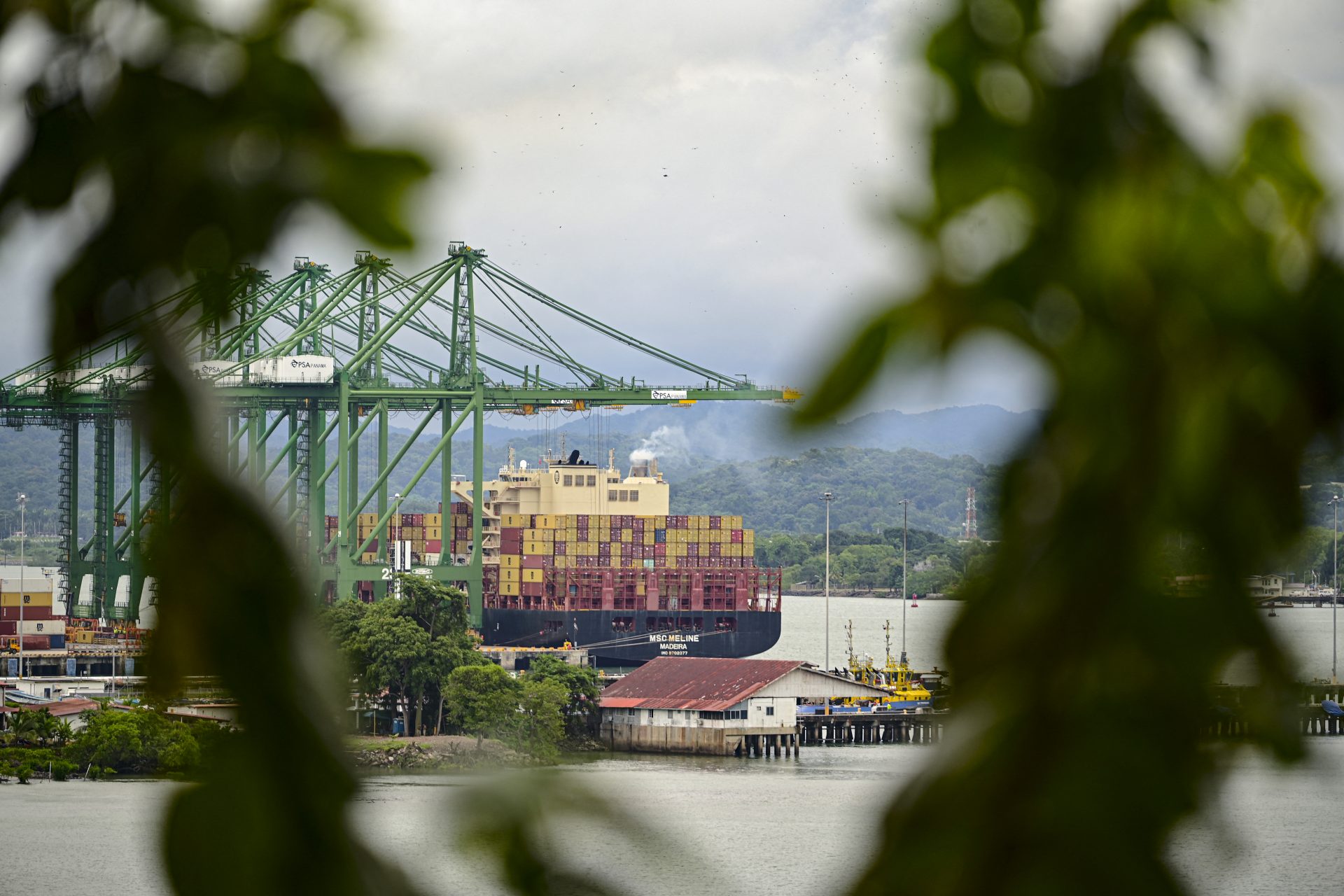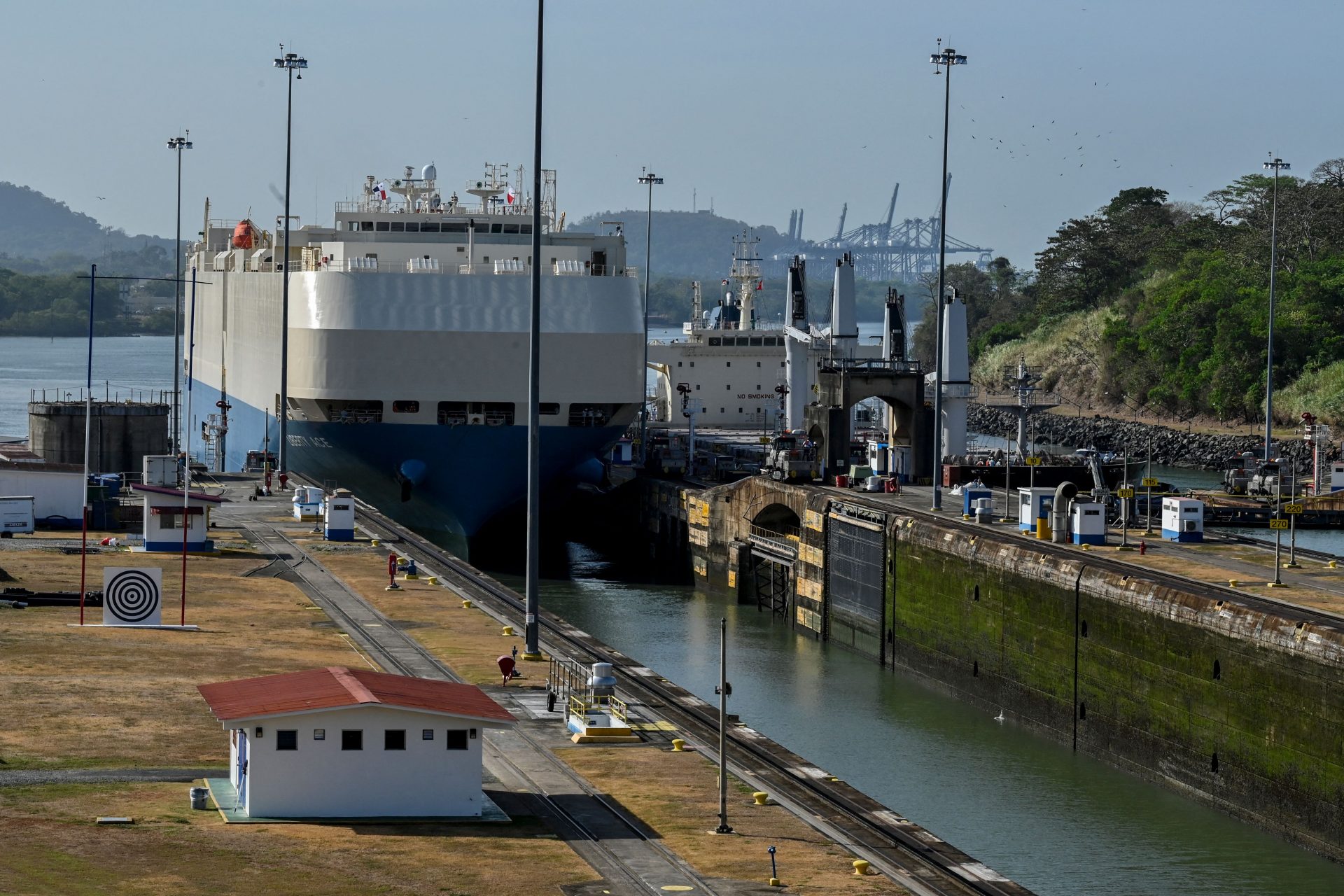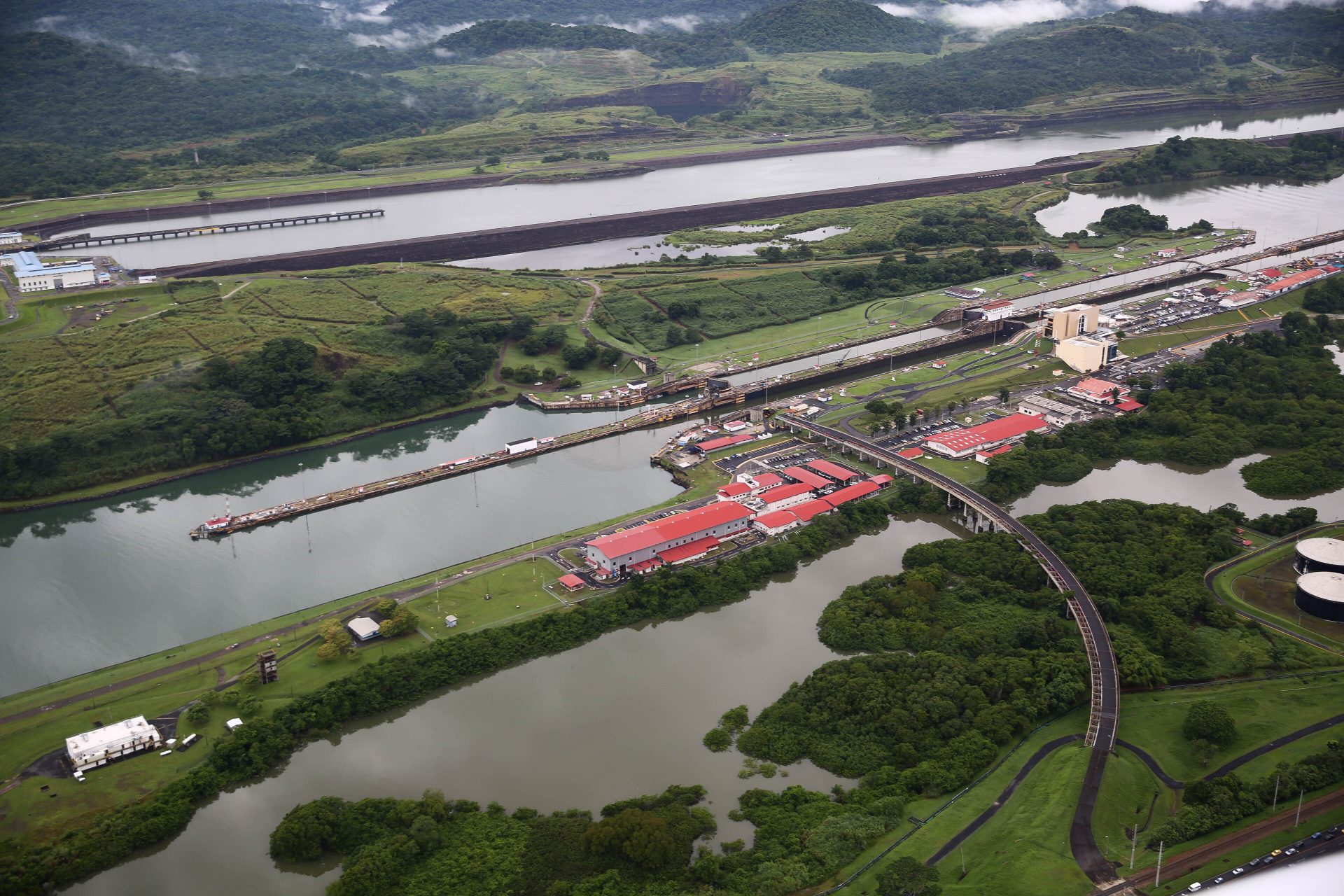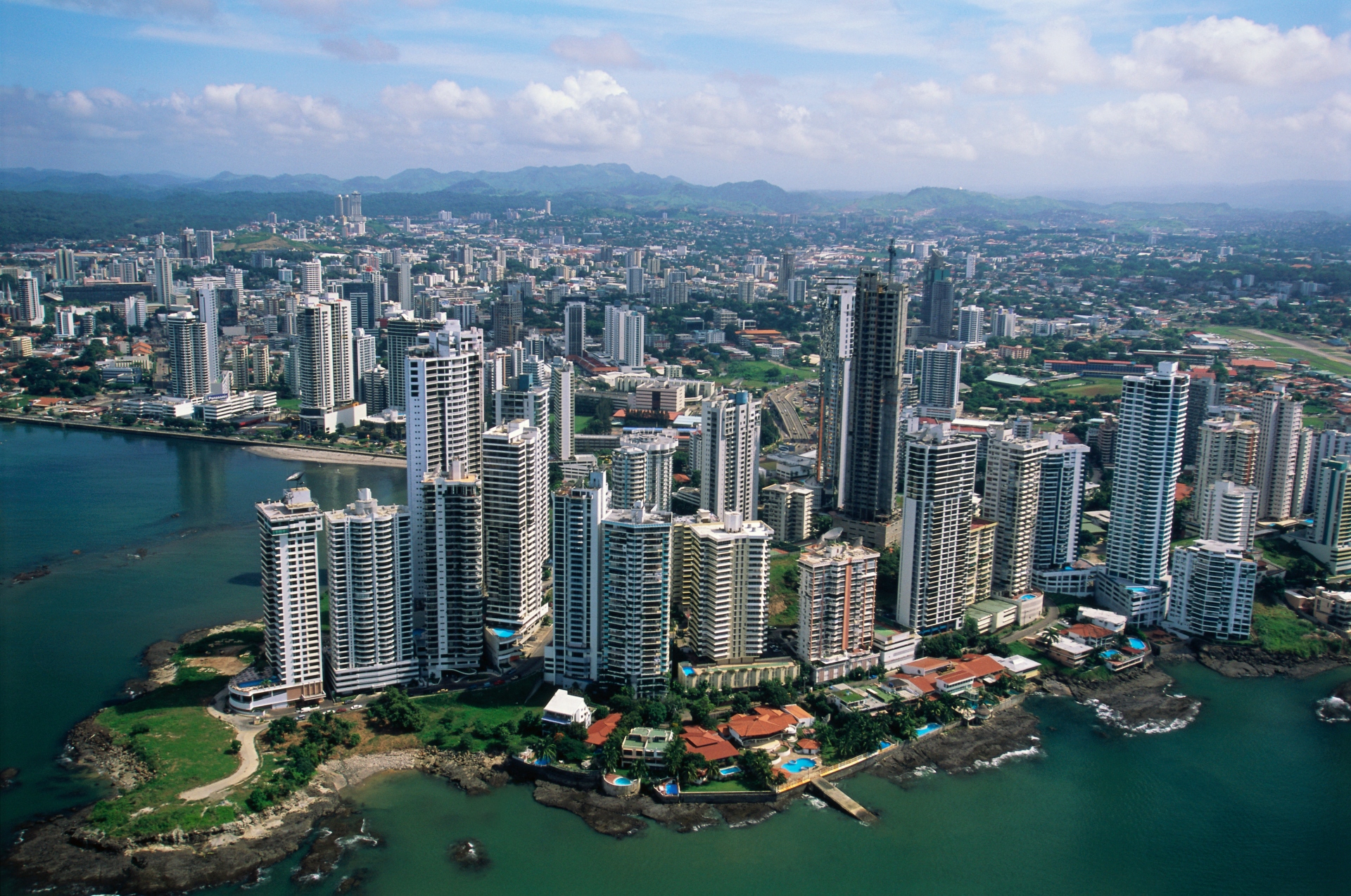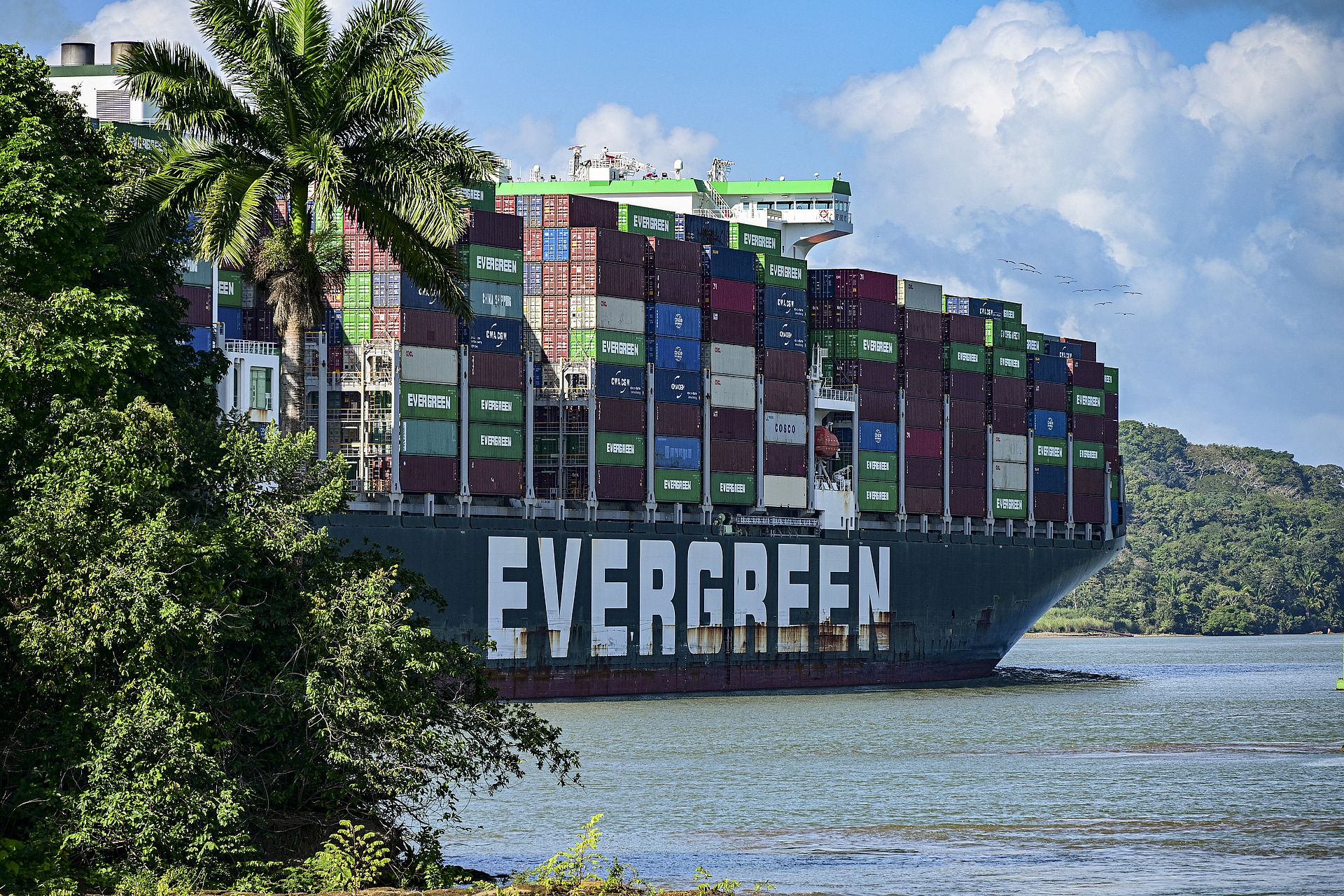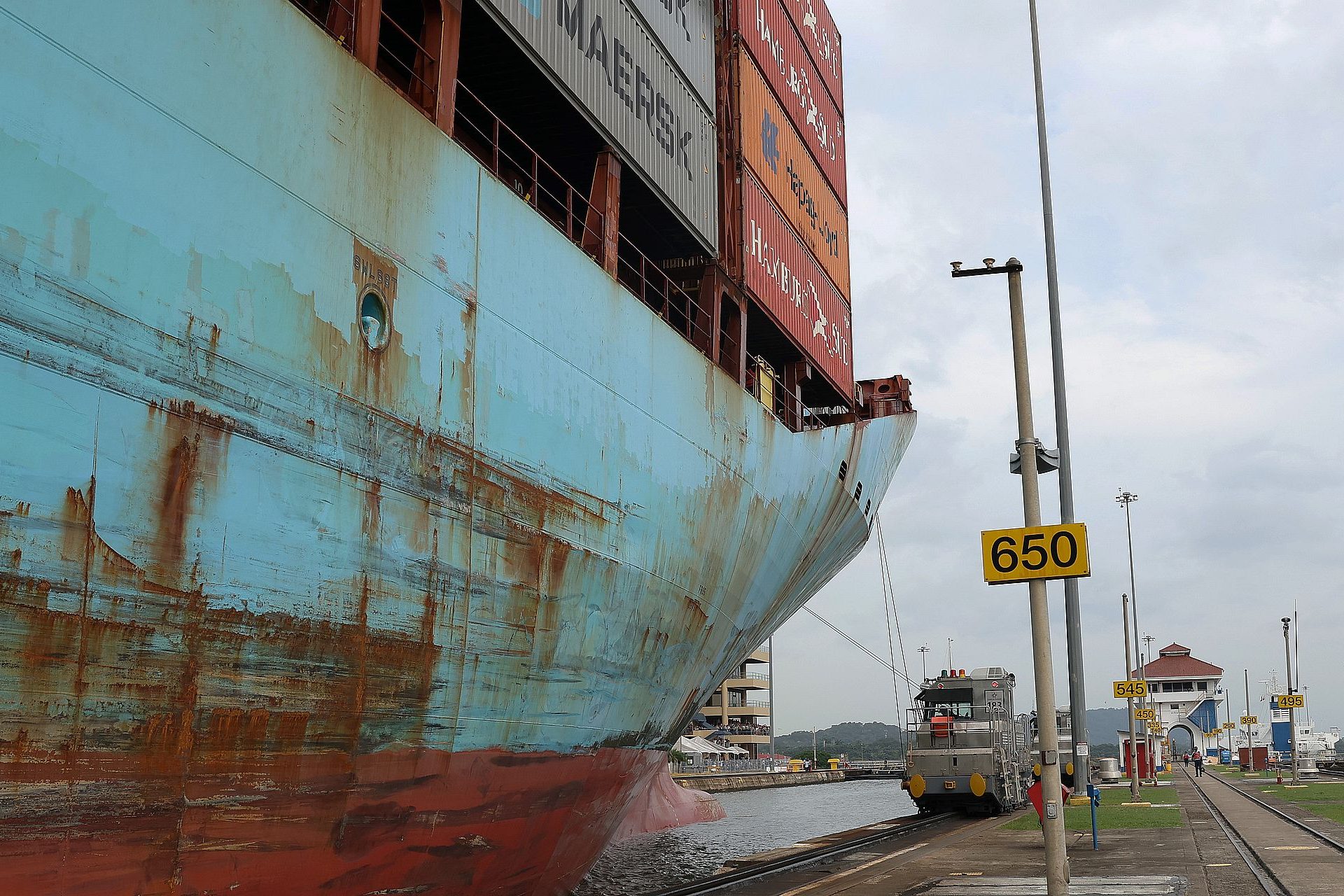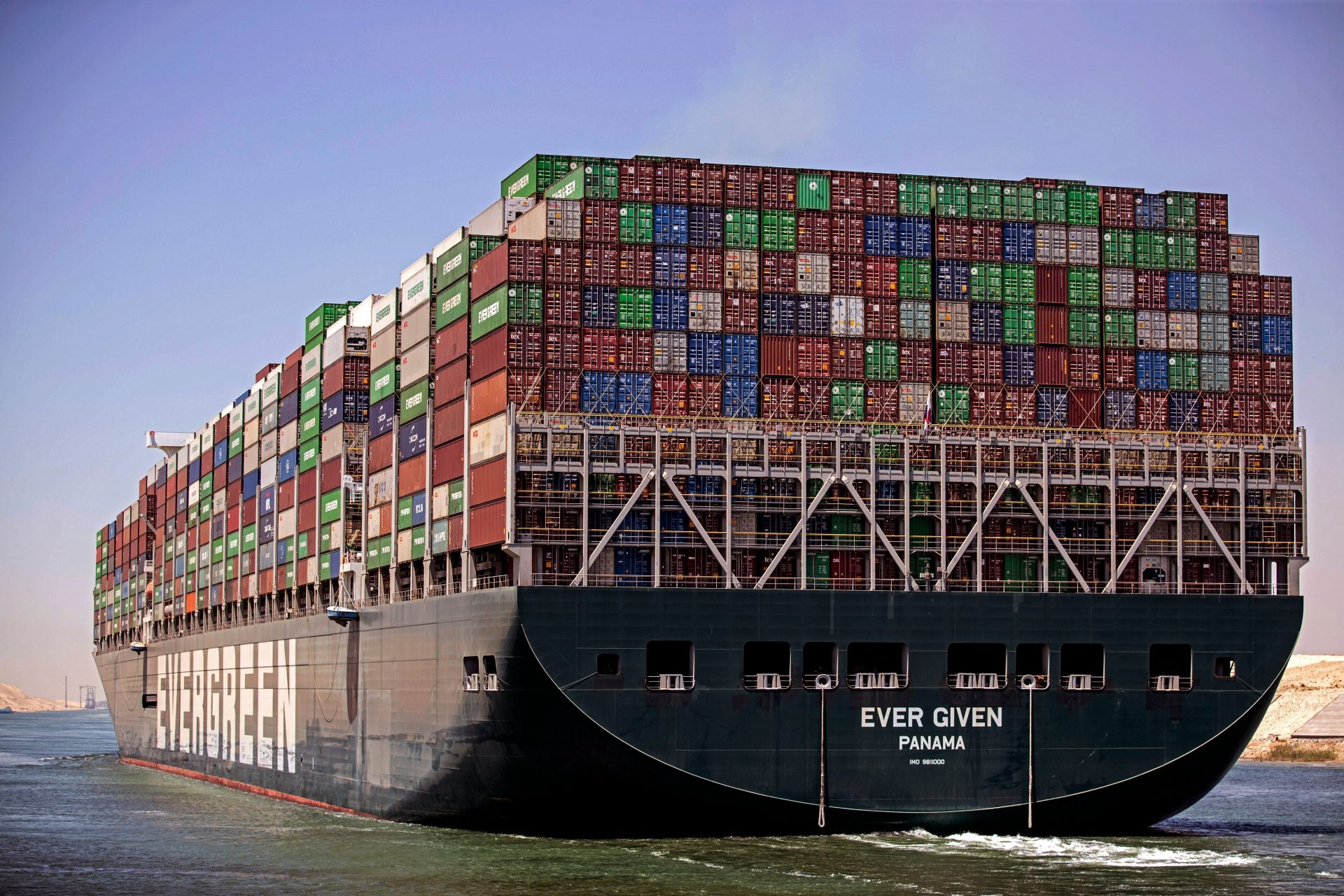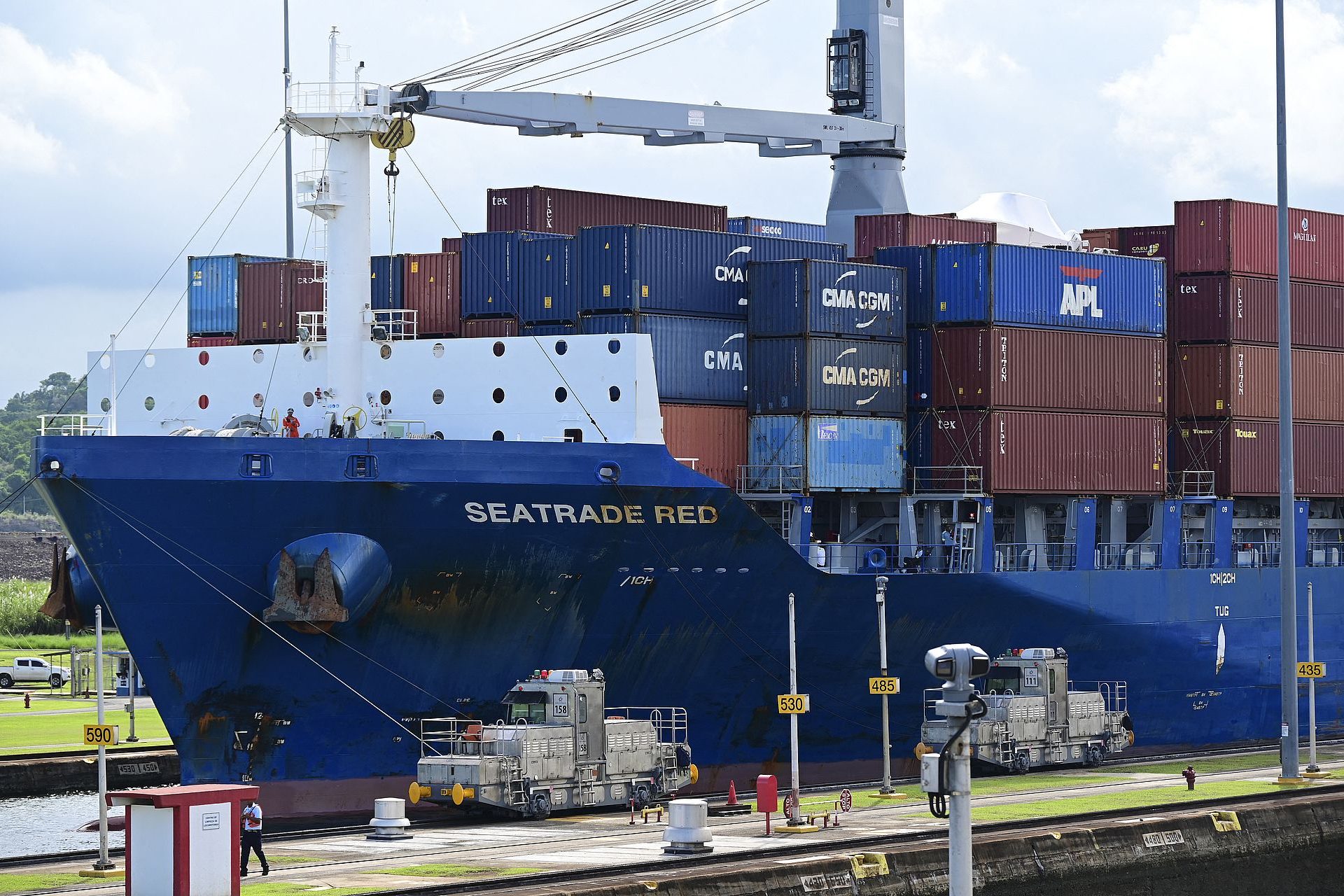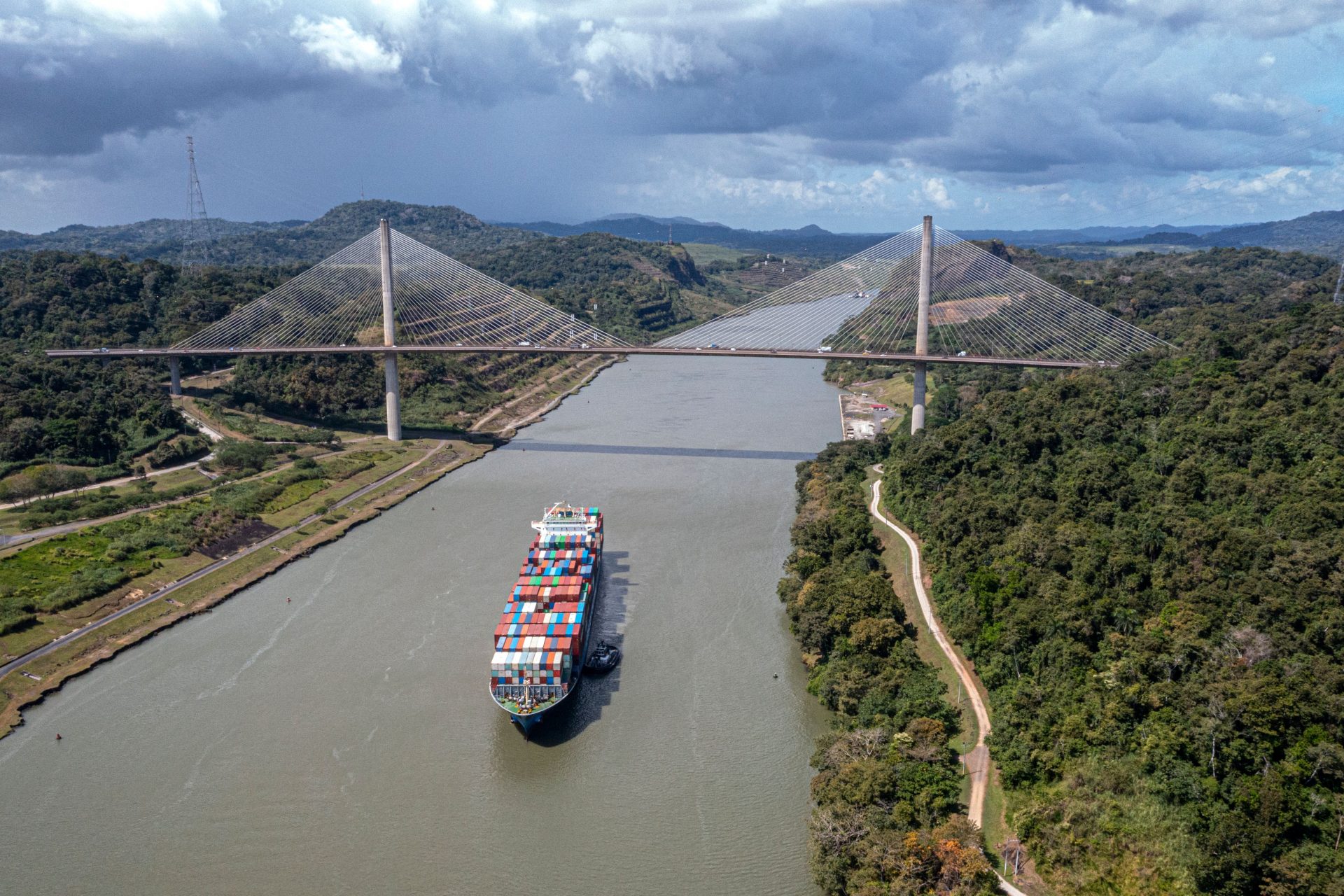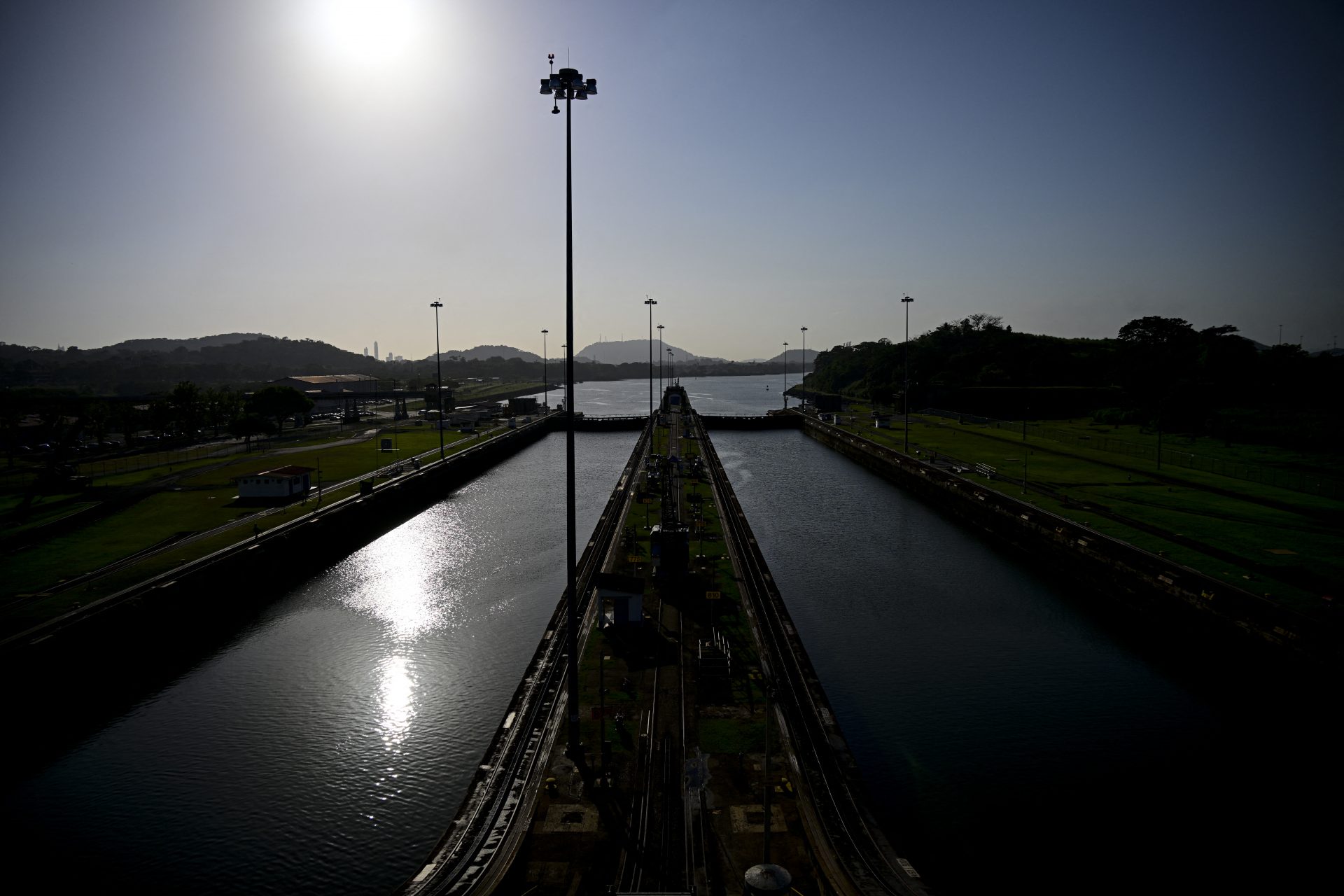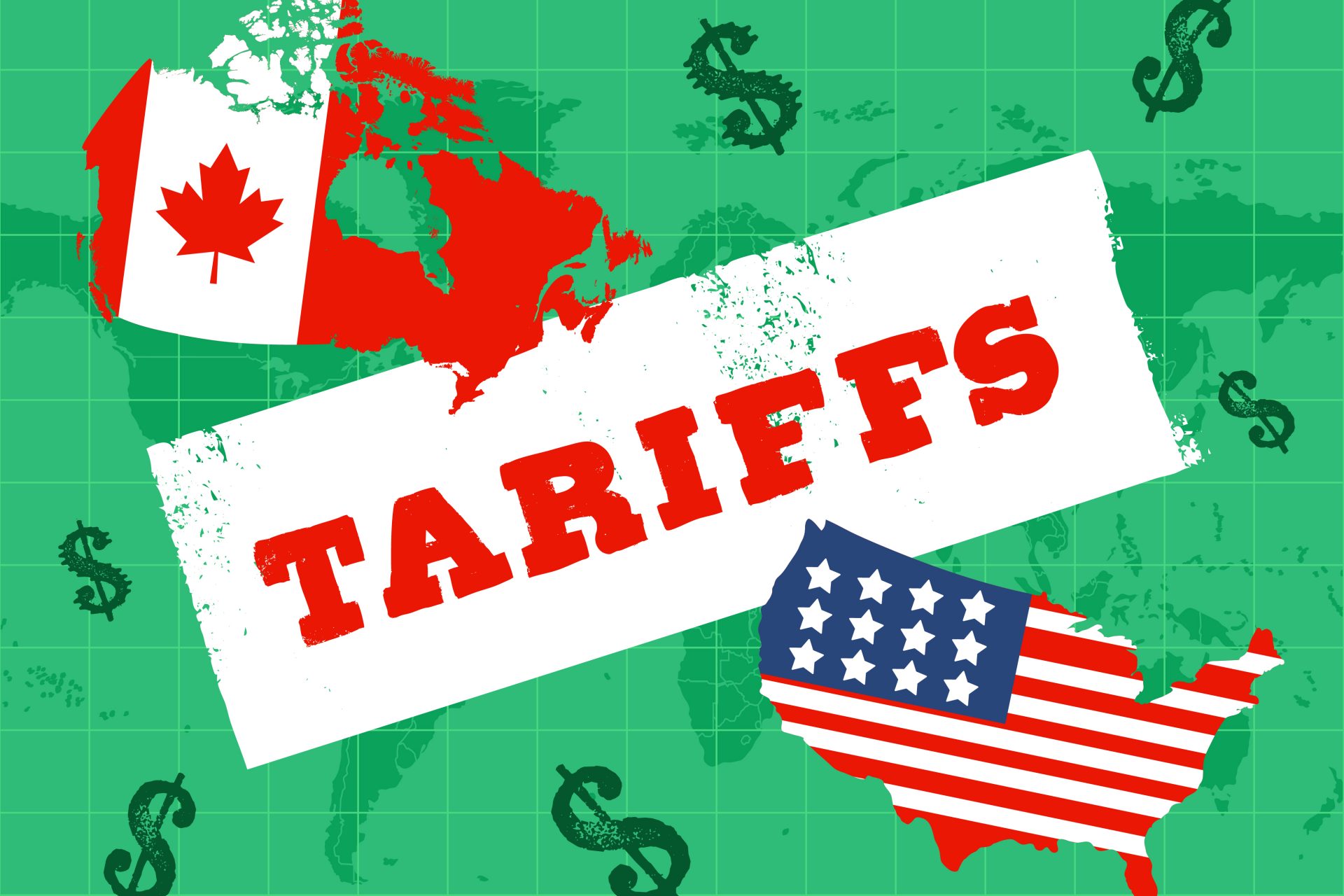A small Latin American country is reaching the US as an economic force in the continent
A country in Latin America has reached a developed economy's per capita income levels. Panama's economic growth is relatively high, with a rate of variation exceeding 4%, despite not having oil to exploit.
The country's economic success is due to a successful piece of engineering. According to the BBC, 3% of all world maritime trade passes through the Panama Canal, a 40-mile waterway connecting 1,920 ports worldwide through 180 routes from 170 countries.
The latest report of the Panama Canal Authority said the Canal contributed 3.1% to the country's GDP in 2023 during a drought. Regular years' estimations place the Canal's contribution at "between 6 and 8%."
"When you add up the entire logistics sector, which includes port and railway activity and the Colon Free Zone, it becomes a much more important pillar, up to approximately 30%," Carlos Araúz, a local economist, told the BBC.
According to the Spanish outlet El Economista, Panama has Latin America's highest GDP considering population and purchasing power parity (PPP). PPPs are rates of equivalence that allow experts to compare purchasing power between two currencies.
Furthermore, according to the World Bank, this indicator grows by 4.4% per year, meaning Panama is increasingly closer to the United States in terms of wealth per capita.
"Panama has achieved income convergence to U.S. standards much faster than most other Latin American countries over the past 25 years and is now the richest country in Latin America," an International Monetary Fund report said.
El Economista added that two decades ago, Panama's GDP per capita was 33% of the US's. Now, it is closer to 50%. This increase makes it one of the fastest-growing economies during that period.
"Over the past thirty years, economic growth has generated employment and significantly reduced poverty, which has fallen from 48.2% in 1991 to 12.9% in 2023," The World Bank said.
However, the institution also noted that inequalities between individuals and regions remain in the country, especially in rural areas.
Thanks to globalization, economic growth has been based primarily on investment and the income generated by the Panama Canal since the US returned its management 25 years ago.
Still, experts quoted by the BBC point out that the country has been unable to transform its wealth into higher employment rates, solid institutions, and income equality.
More for you
Top Stories



